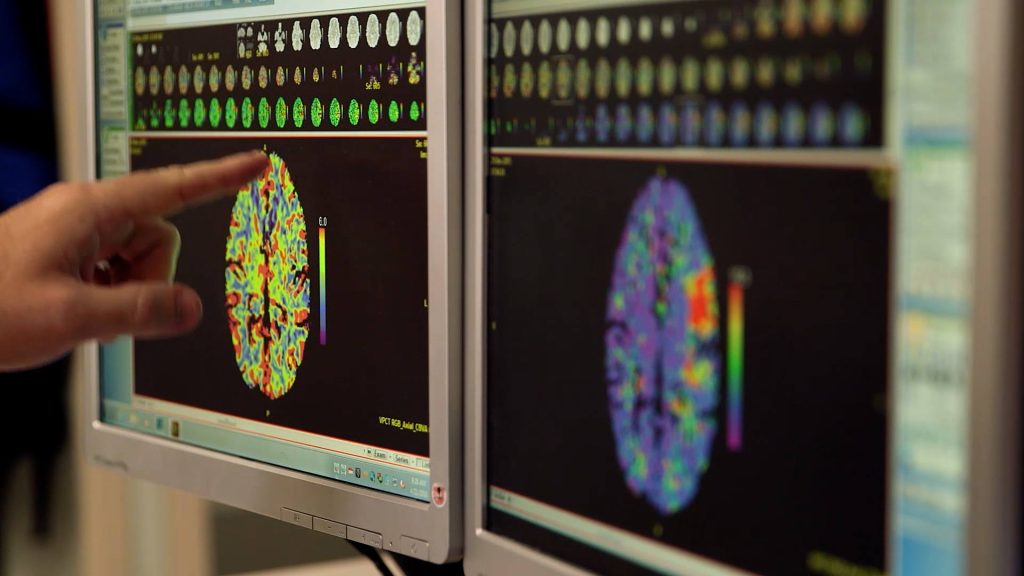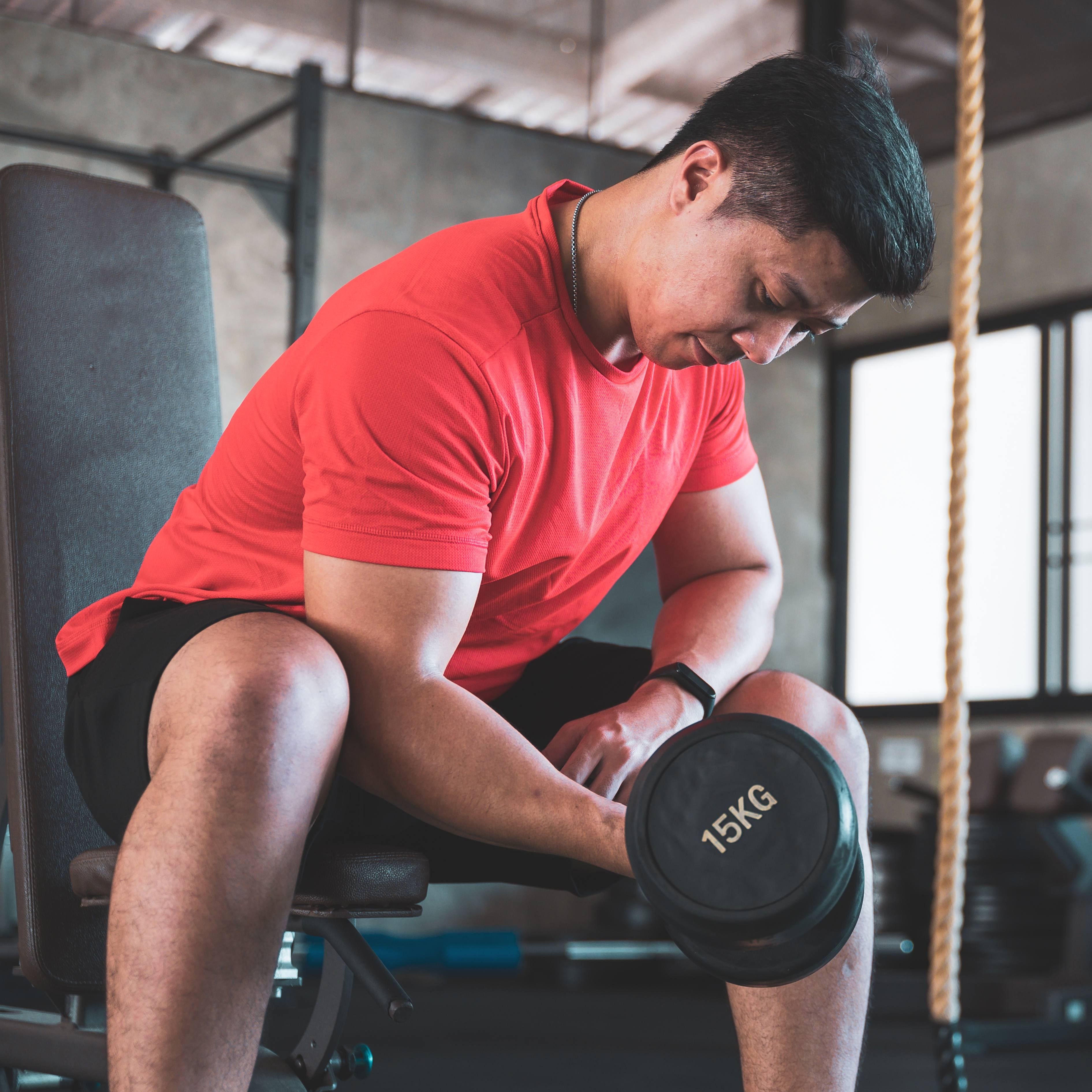-
Expert alert: Procedure offers hope to patients living with physical changes from stroke, other conditions

World Brain Day is July 22
ROCHESTER, Minn. — Fifteen million people worldwide have a stroke each year. Of these, 5 million are left permanently disabled. An estimated 69 million people globally suffer traumatic brain injuries each year. Spastic cerebral palsy, the most common form of cerebral palsy, accounts for 70% to 80% of all people diagnosed.
Patients living with physical changes from stroke, traumatic brain injury, cerebral palsy and other conditions may regain some function in their hands and arms — therefore improving their quality of life — thanks to advances in surgical options for upper motor neuron syndrome, says Peter C. Rhee, D.O., an orthopedic hand surgeon at Mayo Clinic in Rochester.
Upper motor neuron syndrome refers to a dysfunction or deformity in the shoulder, elbow, wrist and hand due to stroke, traumatic brain injury, anoxic or hypoxic brain injury, cerebral palsy, or spinal cord injury. People with this condition may have muscle weakness, decreased muscle control, altered muscle tone and spasticity.
Depending on the extent of the patient's disability, surgeons can perform a combination of joint fusions, tendon lengthenings, and tendon and nerve transfers. People with complete paralysis in their arms can still benefit from surgery by improving the position of their hands, wrist and elbows for hygiene or to enable basic functions that they have lost, Dr. Rhee says.
"The surgery aims to correct the deformity by treating individual muscles based on the underlying problems," says Dr. Rhee, who has been performing this surgery for the last 10 years. "We work on the nerves, muscles and joints. It's different for each patient, but the overall goal is to improve hygiene, improve function and improve quality of life."
Since patients may recover some function in the months after having a stroke, surgeons wait to perform the procedure until 12 to 18 months later. Initially, Dr. Rhee does a virtual visit to determine if the patient is a potential candidate for the surgery. If so, the patient comes in for specialized nerve tests and a formal in-person evaluation to fully determine if they would benefit from surgery.
"Regular exams give the surgeon a lot of information. The joint can be in a certain position because of spasticity or contraction," Dr. Rhee says. "Combining that with the nerve tests provides a comprehensive snapshot of what the muscles and nerves are doing to create the dysfunction and/or deformity."
Dr. Rhee uses the patient's test results to develop a tailored surgical plan.
When a person's entire arm is involved, Dr. Rhee will perform two surgeries, both on an outpatient basis, with a three-month wait between procedures. The first stage typically covers the shoulder, elbow and forearm; the second covers the wrist, fingers and thumb. Between surgeries, patients do stretching exercises at home as part of their treatment plan. The total process takes about six months.
"We have built an amazing team to give hope to patients who have had strokes, spinal cord or brain injuries, or adults with cerebral palsy," Dr. Rhee says.
###
About Mayo Clinic
Mayo Clinic is a nonprofit organization committed to innovation in clinical practice, education and research, and providing compassion, expertise and answers to everyone who needs healing. Visit the Mayo Clinic News Network for additional Mayo Clinic news.
Media contact:
- Rhoda Madson, Mayo Clinic Communications, newsbureau@mayo.edu
Related Articles







